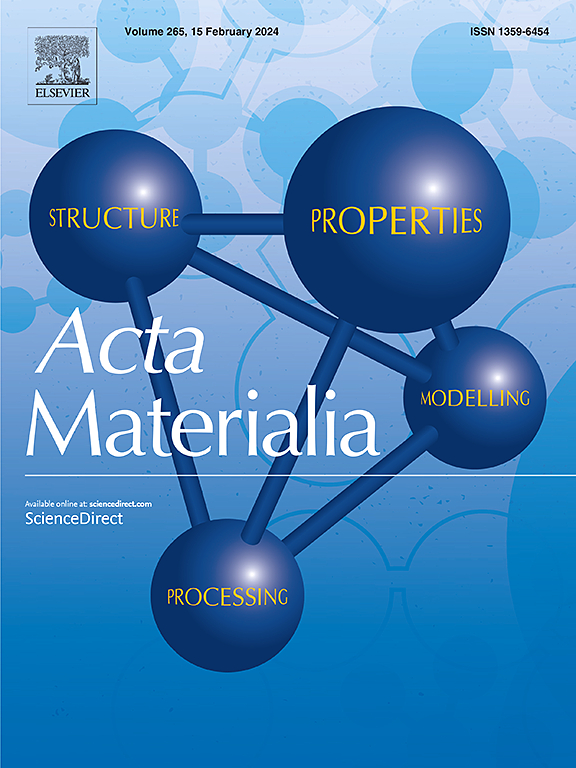Integration of multiscale simulations and machine learning for predicting dendritic microstructures in solidification of alloys
IF 8.3
1区 材料科学
Q1 MATERIALS SCIENCE, MULTIDISCIPLINARY
引用次数: 0
Abstract
This study presents an integration of machine learning (ML) with a multiscale computational framework to predict primary dendrite arm spacing (PDAS) during alloy solidification. Analytical models, such as Hunt (HT) and Kurz-Fisher (KF), provide the basis for developing parametric and non-parametric ML models that capture the influence of processing conditions and material properties on PDAS. The training and testing dataset is generated from high-throughput phase-field simulations across various alloy systems, incorporating material properties calculated via molecular dynamics. While non-parametric models, such as decision trees, random forests, and gradient boosting decision trees, perform well in training, they encounter overfitting challenges due to the limited size of the computational dataset. In contrast, parametric models, including linear, ridge, and lasso regression, successfully capture key PDAS features, producing predictions that align closely with experimental data. Overall, parametric ML-based models show a stronger dependence on pulling velocity, temperature gradient, and material properties compared to the HT and KF models, offering a more accurate tool for predicting PDAS and optimizing alloy solidification processes.


结合多尺度模拟与机器学习预测合金凝固过程中的枝晶组织
本研究提出了机器学习(ML)与多尺度计算框架的集成,以预测合金凝固过程中的初级枝晶臂间距(PDAS)。Hunt (HT)和Kurz-Fisher (KF)等分析模型为开发参数化和非参数化ML模型提供了基础,这些模型可以捕捉加工条件和材料特性对pda的影响。训练和测试数据集是由各种合金系统的高通量相场模拟生成的,并结合了通过分子动力学计算的材料特性。虽然非参数模型,如决策树、随机森林和梯度增强决策树,在训练中表现良好,但由于计算数据集的规模有限,它们会遇到过拟合的挑战。相比之下,参数模型,包括线性回归、脊回归和套索回归,成功地捕获了关键的PDAS特征,产生了与实验数据密切一致的预测。总体而言,与HT和KF模型相比,基于参数化ml的模型对拉速、温度梯度和材料性能的依赖性更强,为预测PDAS和优化合金凝固过程提供了更准确的工具。
本文章由计算机程序翻译,如有差异,请以英文原文为准。
求助全文
约1分钟内获得全文
求助全文
来源期刊

Acta Materialia
工程技术-材料科学:综合
CiteScore
16.10
自引率
8.50%
发文量
801
审稿时长
53 days
期刊介绍:
Acta Materialia serves as a platform for publishing full-length, original papers and commissioned overviews that contribute to a profound understanding of the correlation between the processing, structure, and properties of inorganic materials. The journal seeks papers with high impact potential or those that significantly propel the field forward. The scope includes the atomic and molecular arrangements, chemical and electronic structures, and microstructure of materials, focusing on their mechanical or functional behavior across all length scales, including nanostructures.
 求助内容:
求助内容: 应助结果提醒方式:
应助结果提醒方式:


